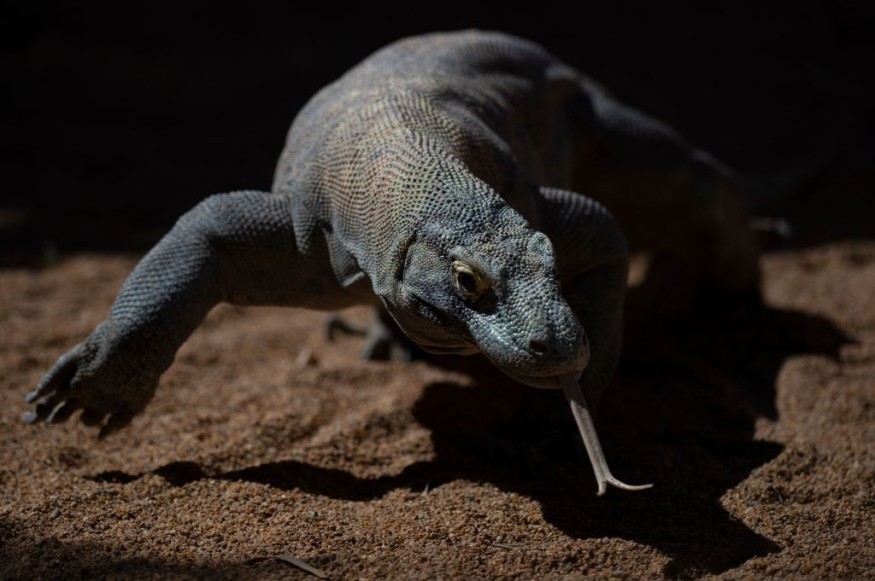The animal kingdom is home to different animals; some prefer to travel in packs or groups, while others like to stay alone despite the challenges in the wild.
Animals in groups can likely survive more in the wild amidst increasing competition and predation. However, there is still a chance to survive alone in the animal kingdom.
Many species prefer to stay in solitary despite the benefits of being in packs, families, or groups. Interestingly, these lone experts have found ways to live by themselves, showcasing unique surviving abilities to adapt to competitive environments or ecosystems.
This article features the lives of six of these lonesome animals, learning about their behavior and environments.
1. Polar Bears
Polar bears are among the most popular wild animals, and they are often featured in movies and television shows. These animals live in harsh temperatures and become aggressive when threatened.
While they are known for their motherly love, adult polar bears are solitary animals that hunt seals and other prey alone. Considering the challenging cold temperatures, they need to reach enough nutrients for winter.
2. Komodo Dragons

Found in Indonesian islands, the Komodo dragons are formidable predators in the wild. Known as the largest living lizard species, they don't depend on groups to hunt their targets.
These animals are skilled at hunting and locating their targets. Their strong jaws allow them to easily bring down prey. Additionally, the Komodo dragons likely want to be solitary due to limited island food sources.
3. Desert Tortoises
Desert tortoises are also solitary animals. When the female species begins to lay their eggs, they can be found digging a hole. Unlike other species, they leave their eggs underground and rarely return.
When the hatchlings begin to grow, they are left with no choice but to survive on their own and potentially evade predation.
4. Platypus
The platypus is a unique animal in eastern Australia. It is recognized by its otter body, duck bill, and beaver tail. This species can hunt prey in muddy waters using electrolocation despite being alone.
In addition, platypus can swim alone and prefer to hunt at night in muddy areas. This animal displays solitary behavior because they can hunt effectively without needing a group or a pack.
5. Wolverines
Wolverines are lone animals found in the boreal woods of Eurasia and northern North America. They are known for their ferocious nature and physique.
According to a report, wolverines can hunt alone and gather food sources. Their solitary behavior can be attributed to limited food in their habitats.
Also Read : 6 Turtle Species in Australia Face Population Decline Due to Human Disturbance, Climate Change
6. Snow Leopards
Next on the list is the snow leopards. They are known for their agility, endurance, and hunting skills in the animal kingdom. Additionally, these lone predators have adapted to their environments, particularly in the mountainous areas in Central Asia.
Snow leopards ambush their prey, including wild sheep and goats. Living in isolation allows them to look for prey quickly without competition from packs or groups.
Related Article : 5 Animals That Symbolize Love!
For more similar stories, don't forget to follow Nature World News.
© 2026 NatureWorldNews.com All rights reserved. Do not reproduce without permission.





